|
McCloud River Railroad Company
Locomotive #4 Baldwin 2-6-2 Built- 10/1898 c/n- 16239 Drivers- 44" Cylinders- 16x24 Weight- 96,000 lbs. Boiler pressure- 160 lbs. Tractive effort- 19,000 lbs. |
|
|
|
The numerous problems with the #2 prompted the McCloud River Railroad to continue its motive power search. The railroad requested quotes from Baldwin for a road locomotive weighing fifty tons or less, to which Baldwin responded with a proposal for a 2-6-2 similar to machines they built for mostly southern loggers in the previous two years. The resulting #4 lacked the pulling power of the larger Heislers; Engineering News reported the #4 would only haul four loaded lumber cars up the grade west of McCloud, reduced to three cars and sometimes only two on wet rails, while the #2 could haul six loads regardless of conditions. The #4 however proved very successful and set the pattern for most of the McCloud steam fleet that followed.
|
|
|
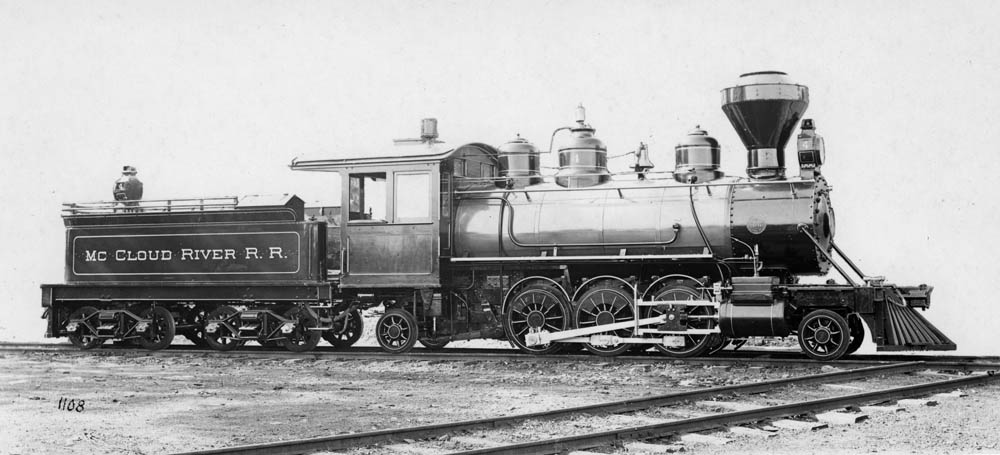 |
|
Builders photograph of the #4. Jeff Moore collection.
|
|
|
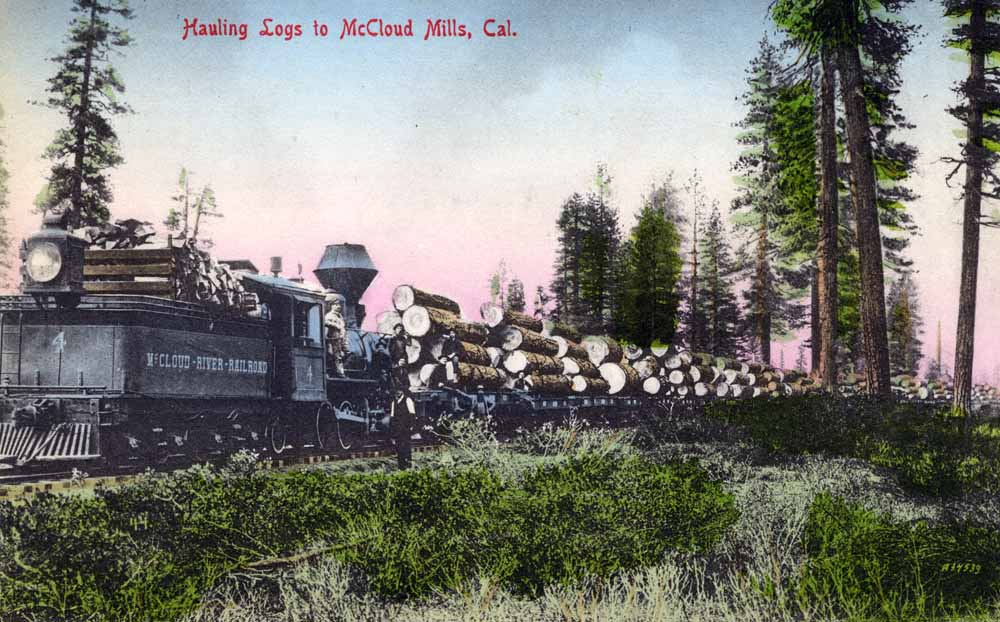 |
|
This colorized postcard from Southern Pacific's Road of a Thousand Wonders series depicts the #4 pulling a long train of logs somewhere east of McCloud about 1900. Note the headlight on the tender has been replaced. Jeff Moore collection.
|
|
|
 |
|
The #4 with a passenger special. Photo courtesy of Heritage Junction Museum of McCloud, Inc.
|
|
|
 |
|
The #4 with a mixed train on the line. Photo courtesy of Heritage Junction Museum of McCloud, Inc.
|
|
|
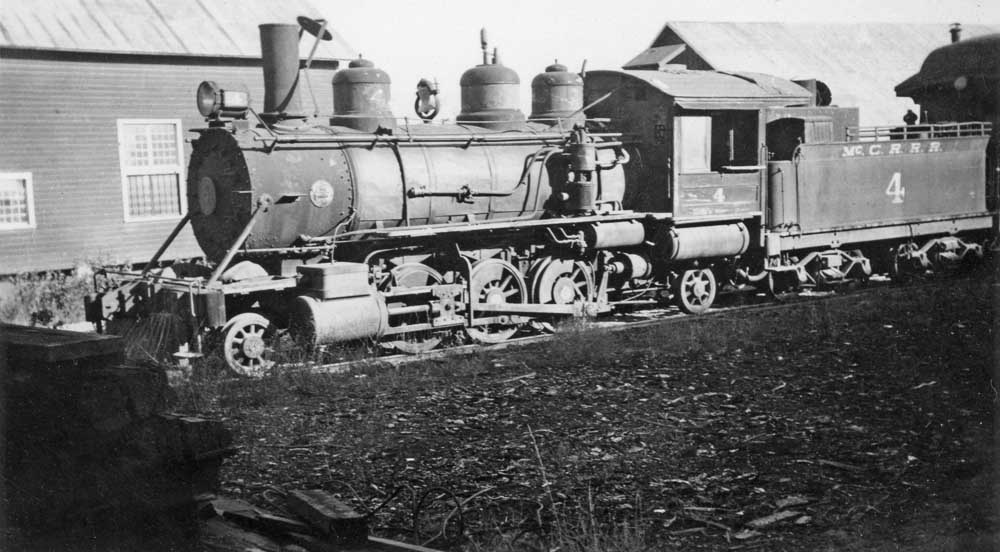 |
|
The #4 spent five years languishing in a spur next to the car shop in the lower part of the McCloud yards
after its retirement in 1934, and as such became the subject of many photos as railfans started venturing into McCloud. L. Harrison caught it in September 1934 shortly after it had
been retired. Jeff Moore collection.
|
|
|
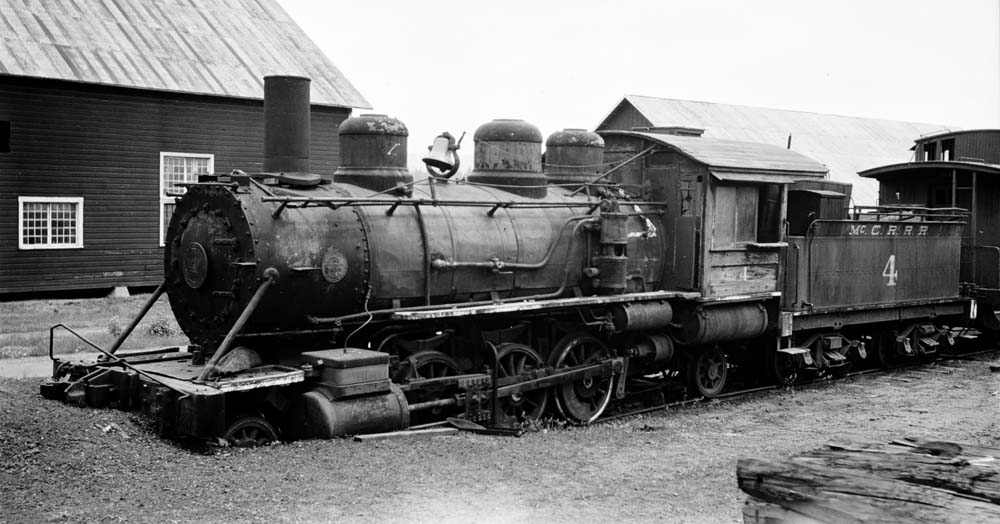 |
|
After a few years of storage the #4 was either shoved off the end of the spur or otherwise had dirt piled around the
pilot. Jeff Moore collection.
|
|
|
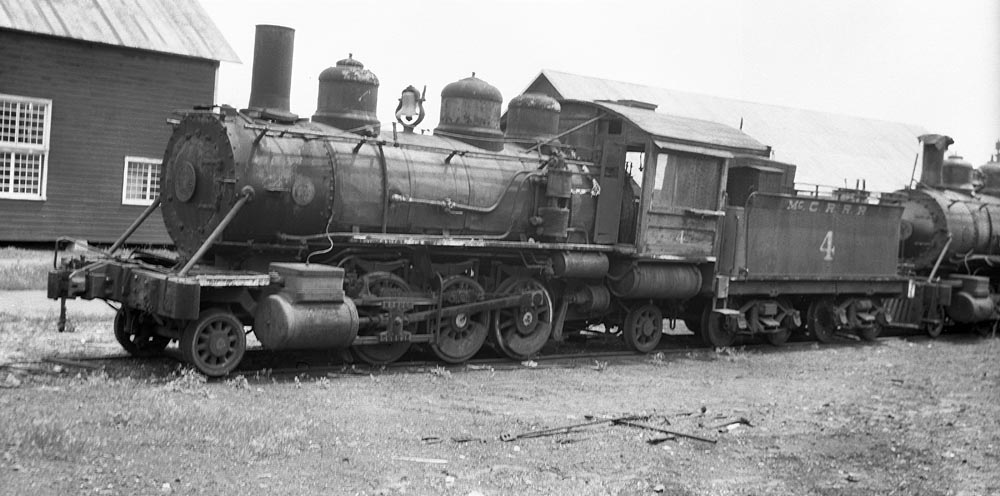 |
|
By the early part of 1938 the railroad pulled the #4 out of the dirt pile, as seen here on 8 June 1938.
|
|
|
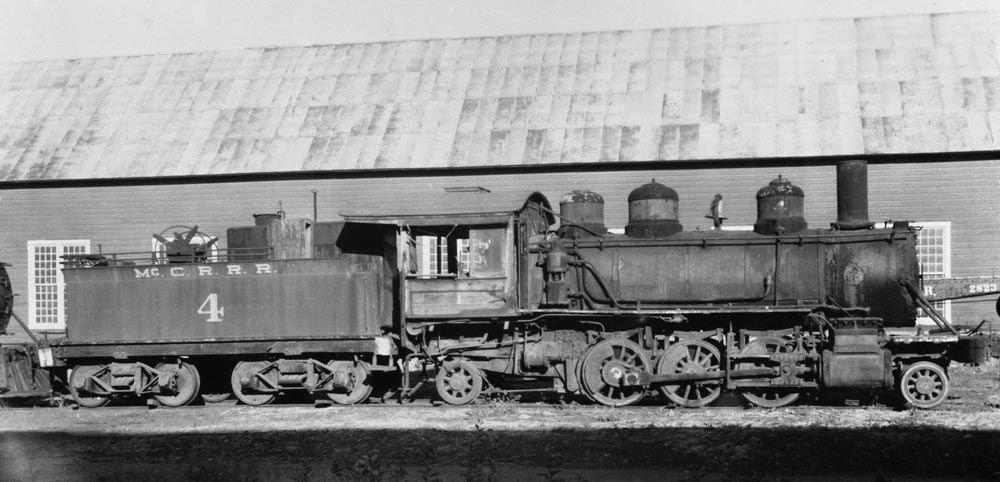 |
|
A broadside view of the #4 in storage and starting to miss some of its parts.
|
|
|
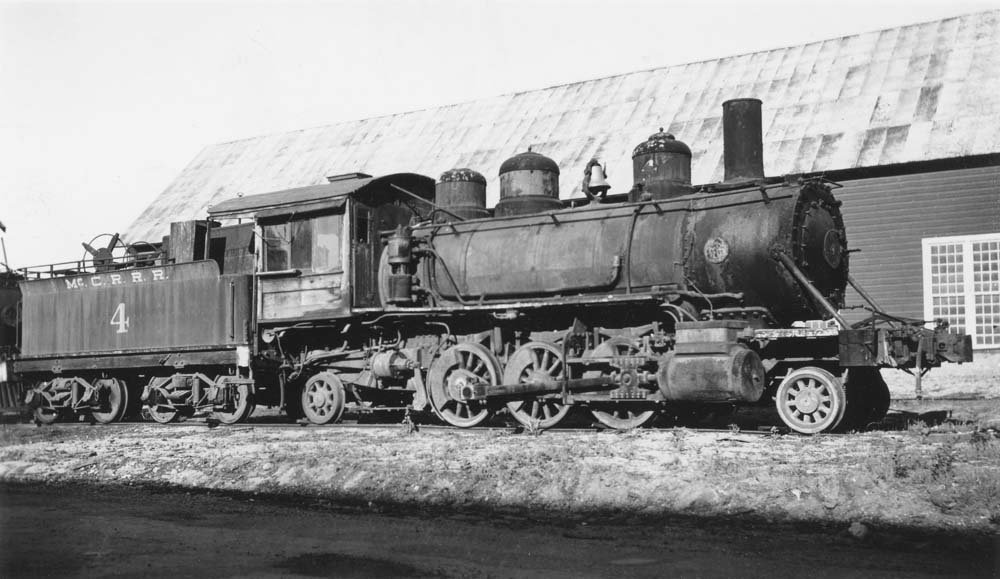 |
|
One last view of the #4 shortly before it was scrapped.
|
|
|
|
The tender water tank from the #4 languished in the weeds behind the shop for about four and a half decades before the railroad finally scrapped it in the middle 1980s. Lee F. Hower photographs.
|
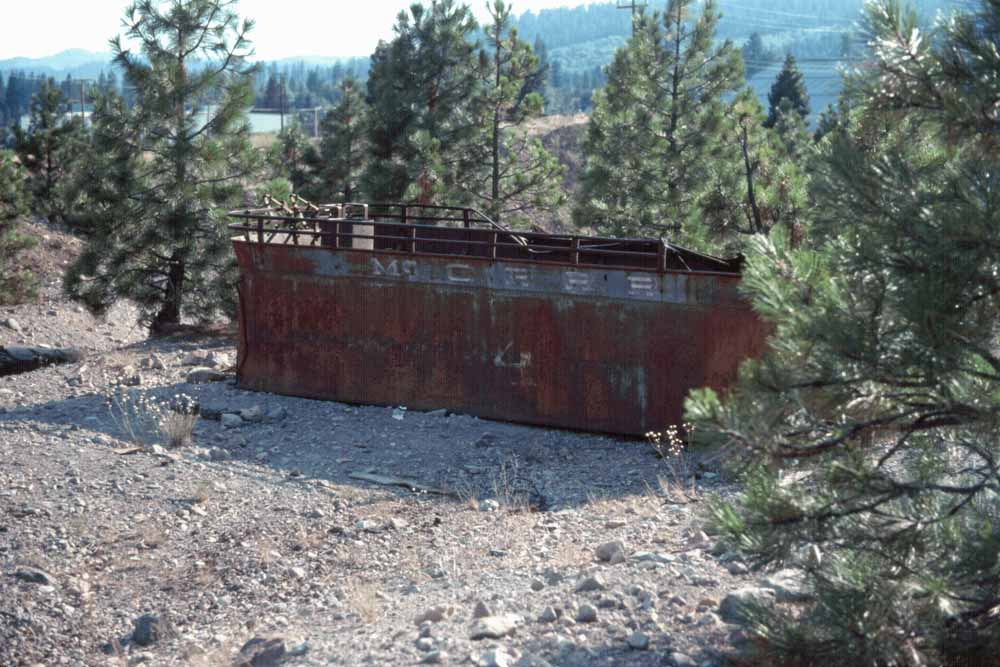 |
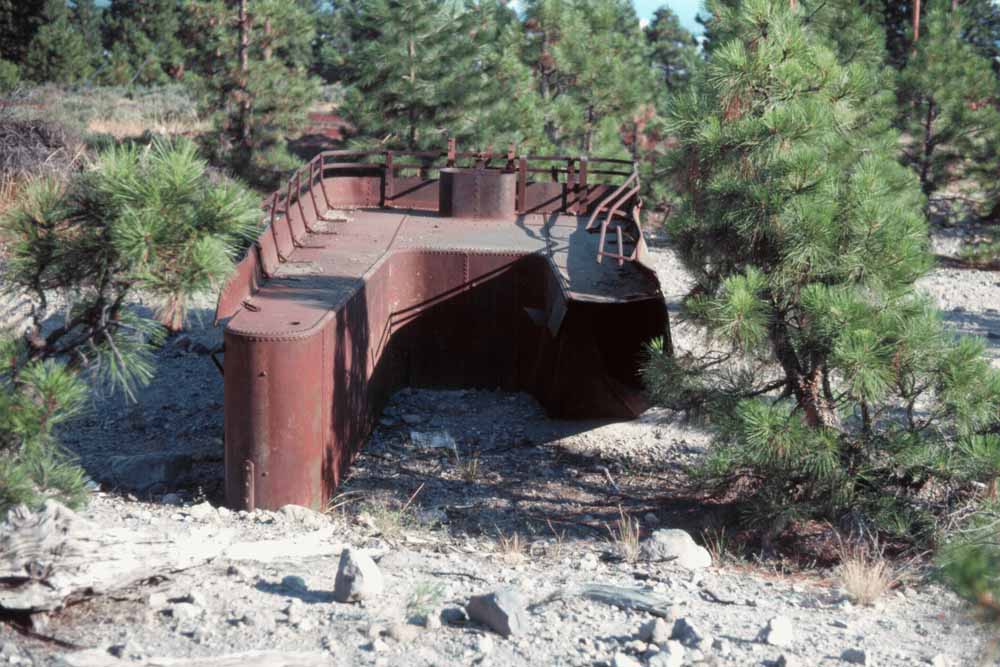 |
|
|